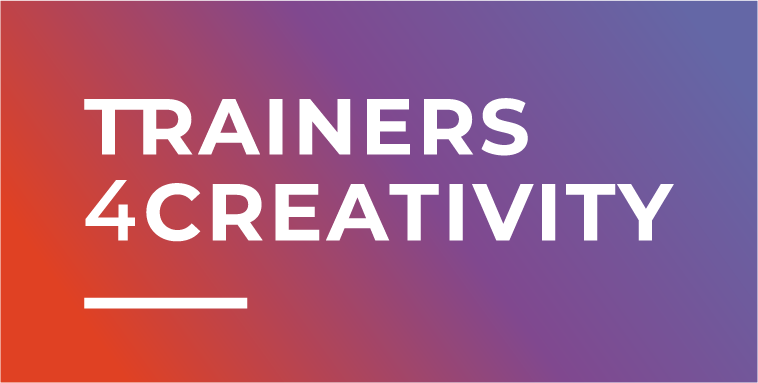Music digitalisation
In the creative and cultural sectors, there are a lot of activities that are traditionally analog or that require face to face interaction, but several tools enable us to turn them into a digital format, or at least give it a digital twist to make them more engaging and accessible. We decided to use music as an example on how to do this.
Music has traditionally very strict learning processes, but it is also an area full of possibilities. As an artistic area, music can be very accessible for different target audiences with the right activities and tools (including participants with no music background), especially when we use innovative methods and unconventional instruments and softwares.
We decided to highlight two digital tools and one project, click on each case study to know how they can be useful for your activities:
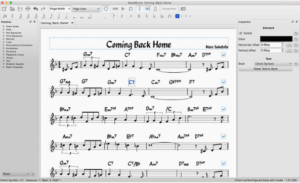
MuseScore for everyone
Through MuseScore you can create, reproduce and print sheet music for free. It is a multilingual open source music notation software.
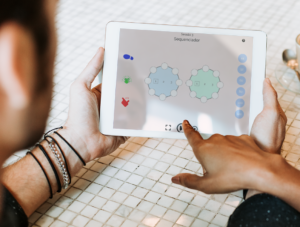
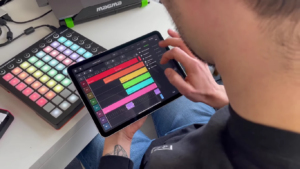
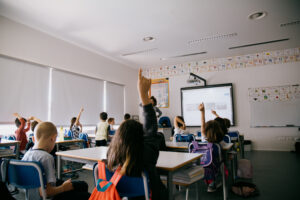
Digital Learning and its environmental impact
The leaflet “Digital Learning and its environmental impact” provides an insight on digital learning tools and its environmental impact.
